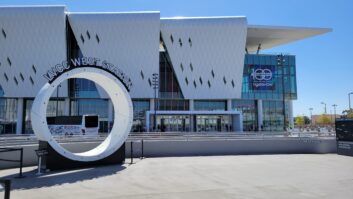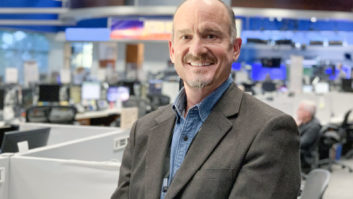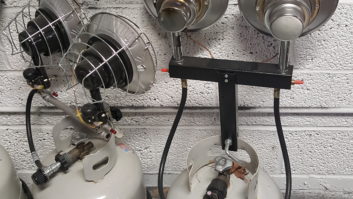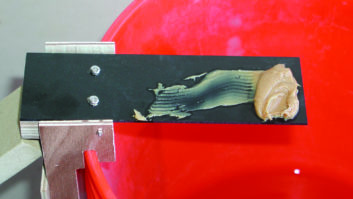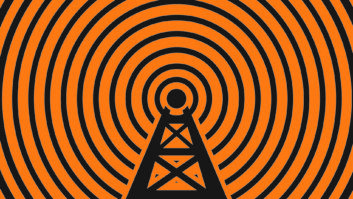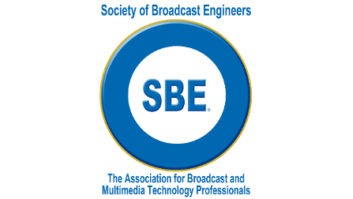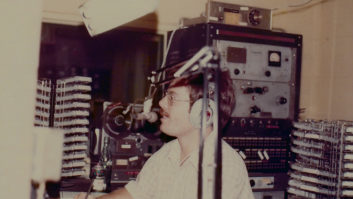The SBE Plans for the Future … Again
Jul 1, 2012 2:30 AM, By Chriss Scherer, editor
On June 23, the Society of Broadcast Engineers held a strategic planning meeting in Indianapolis. This is the fourth such meeting that I recall the SBE holding. I attended my first in the late 1990s when I worked in Cleveland. The SBE held its last such meeting in July 2006 when I was president of the organization.
This day-long meeting included the SBE officers, board of directors, national staff, several national committee chairmen, and some SBE members, many of whom represented their local chapters. In all, nearly 40 people met for the day to review where the society currently stands and determine some direction for the organization’s future.
I was not able to attend the meeting myself this time, but I spoke with Ralph Hogan, CPBE DRB CBNT, the president of the SBE, about the event. He tells me that 28 SBE chapters were represented at the meeting, which is a good showing.
The results of these meetings are often subtle adjustments rather than sweeping changes. Some results from past meetings include an increase in frequency of The SBE Signal newsletter and establishing the roots of the SBE’s current educational programs.
Now that the meeting has concluded, the real work for the SBE begins.
Hogan told me that from the session, six areas of opportunity and challenges were identified. One point covered programmatic efforts, such as increasing support to chapters, a reinvigorated effort to attract youth to broadcast engineering and revamping the SBE awards program to encourage involvement.
SBE chapters are the heart of the society. The individual members and their local or regional gatherings are the most direct outlet for SBE activities. The idea of attracting younger people to become broadcast engineers is not a new concern. I heard this since joining the SBE in the 1980s. I am interested to see what plans the SBE might set for this goal, however. While the SBE can talk to the potential broadcast and media engineers’ interests, broadcasting in general needs to be more involved in attracting and retaining the new talent. Broadcasting today does not have the career luster it had 20 years ago. There’s plenty of competition from (and often better pay in) other industries.
Another point made at the session was to identify an audience for membership outreach efforts. The SBE has made efforts in this area in the past, and the SBE Program of Certification reflects this. The Certified Broadcast Networking Technologist, and the new Certified Broadcast Networking Engineer certification evaluate an individual’s knowledge with IT in the broadcast environment. Through these, those involved with IT outside of broadcast may see a career path within broadcast.
The Certified Audio Engineer and Certified Video Engineer certifications were also created to gauge the knowledge of those who work in broadcast and media but do not work on the RF side. Audio and video production professionals are a potential audience for these certifications, and a source of new members for the SBE.
The meeting facilitators are preparing their report for the SBE board of directors. Like past reports, I look forward to reading the details of the meeting and the suggestions of the facilitators in setting the next goals for the society. The SBE board will then review and discuss the ideas and begin their efforts to implement them.
And by the way, in 2013, the Society of Broadcast Engineers will celebrate the 50th anniversary of its founding by John Battison in 1963.
July 2012
AVB for radio, a tour of WZIP-FM, update on translator rules, and Field Reports on the Inovonics David IV and Audio-Technica AT2005USB…
SBE Starts Planning for 2012 Strategic Planning Meeting
The SBE held its last strategic planning meeting in 2006….





